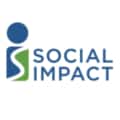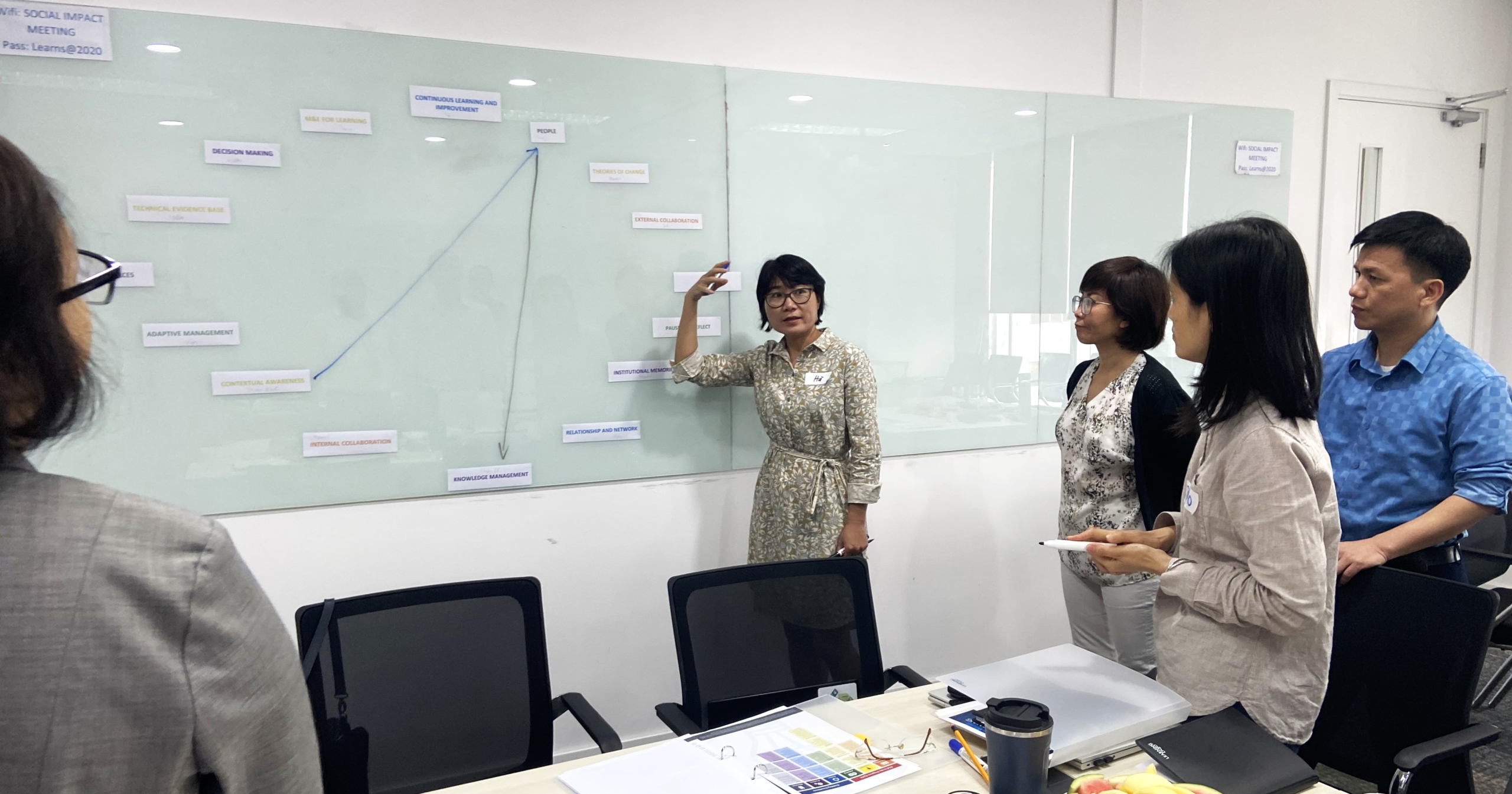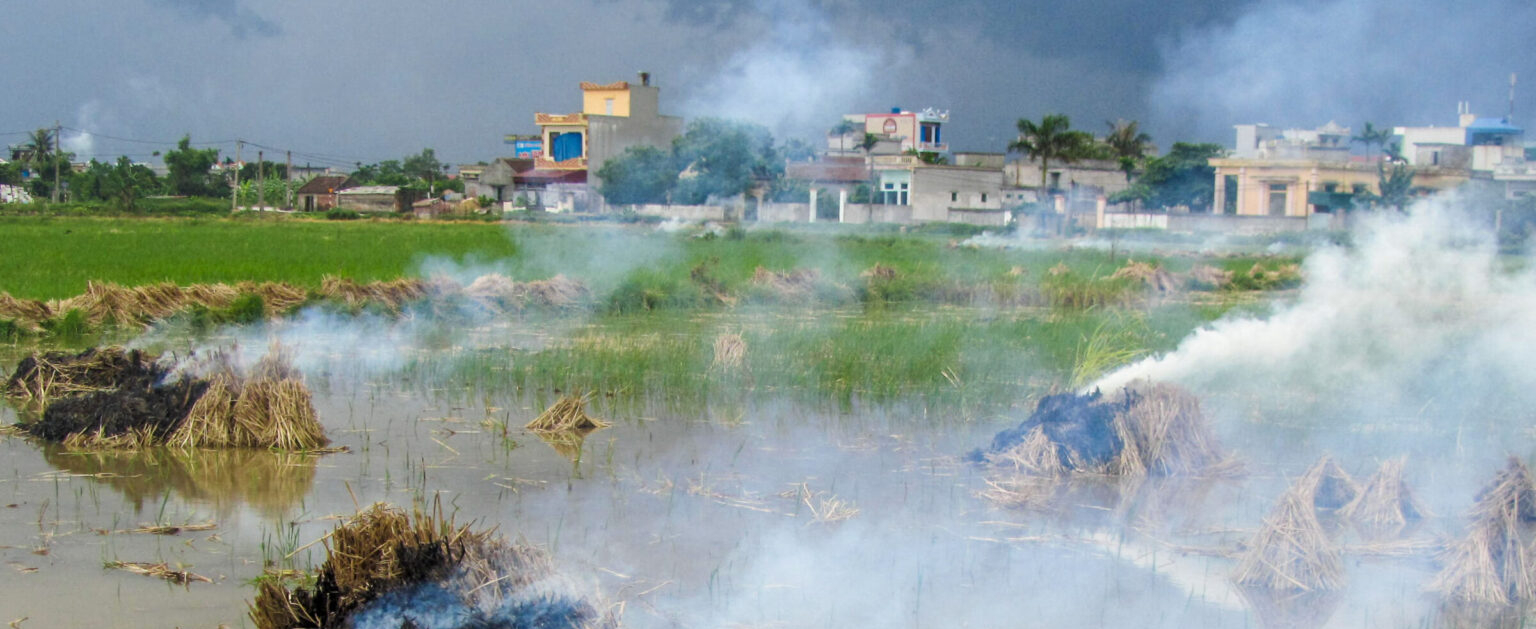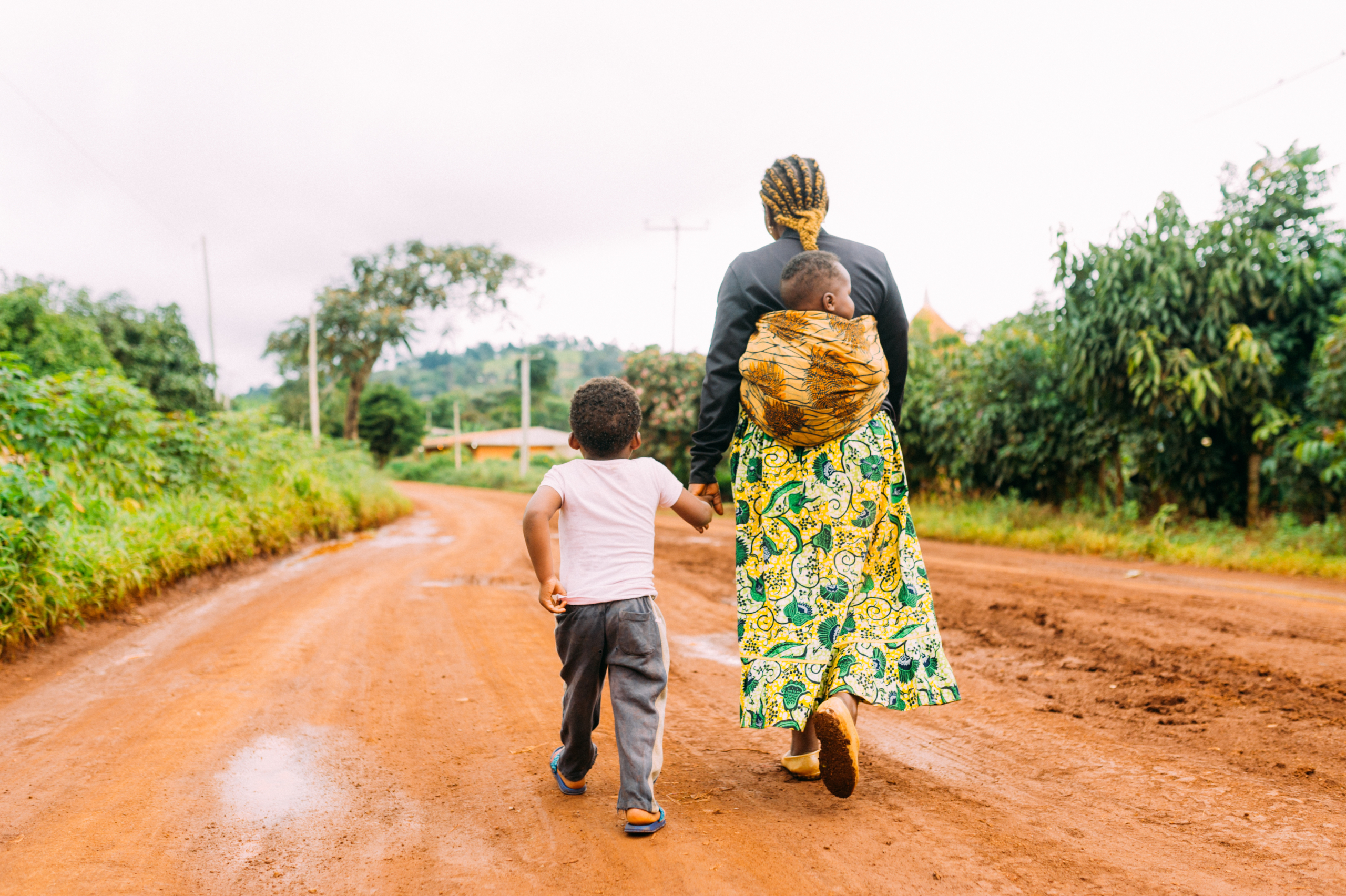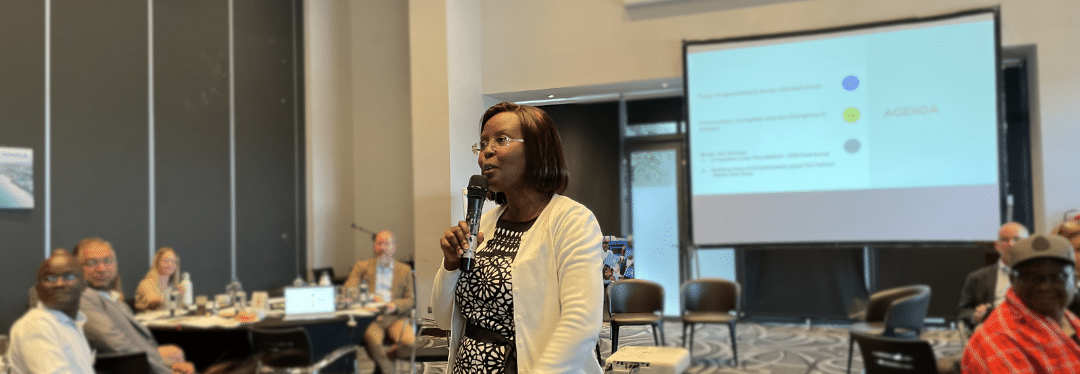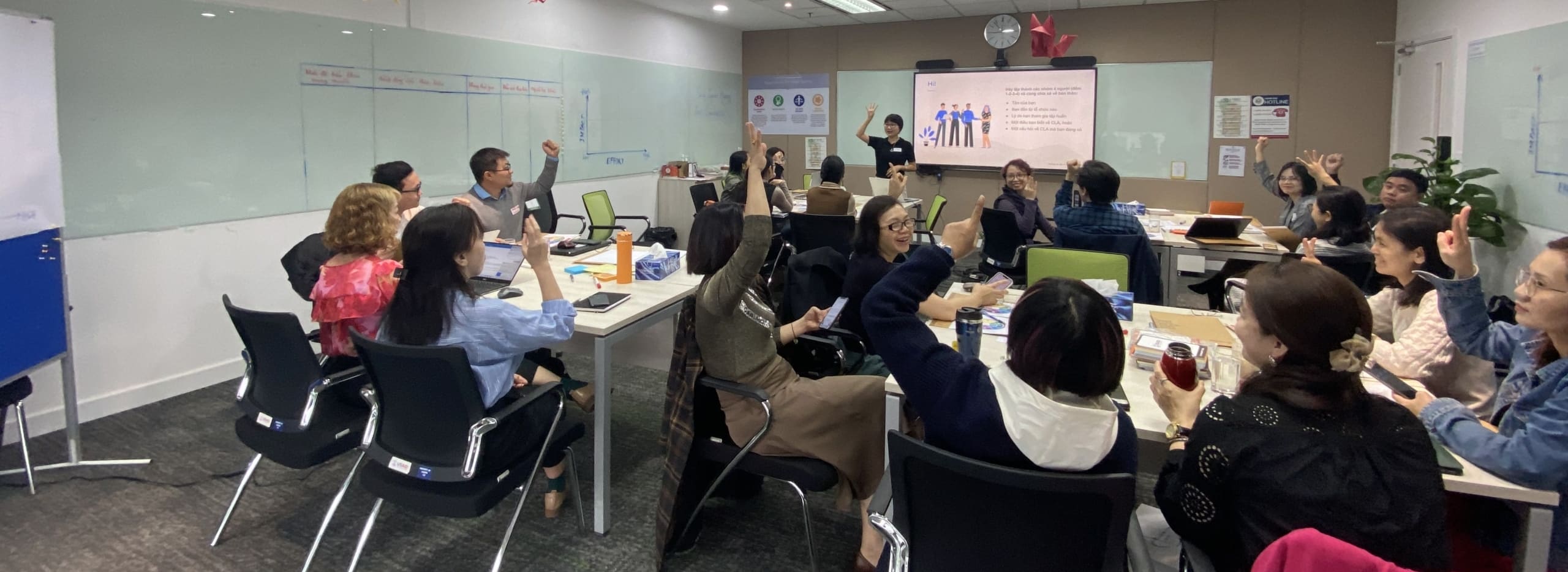Benchmarking Race, Inclusion, and Diversity in Global Engagement (BRIDGE) is an institutional survey that assesses the state of diversity, equity, and inclusion (DEI) in the global development sector. In 2021, the inaugural survey established the first-ever DEI benchmark for the development and humanitarian assistance sector. Two years later, the follow-on survey, BRIDGE 2.0 explores the same questions and dives deeper to better understand organizations’ experiences and challenges. By gathering this data and making it publicly available, BRIDGE makes DEI issues more visible and helps individuals, organizations and the sector make evidence-based shifts to increase diversity, be more equitable, and practice inclusion. Read the full report: BRIDGE 2.0 report.
We drew seven main conclusions from the BRIDGE 2.0 study including that racial minorities continue to be under-represented in positions of power, that there are tensions between DEI and localization, and that organizations in our sector are struggling with moving DEI strategies into action.
In this blog, we lay out our high-level recommendations, and what we can do as both, a sector and as individual organizations, to keep moving forward on our DEI priorities.
What actions should we take as a SECTOR?
1. Develop a sector-wide framework that aligns DEI and localization.
Although DEI and localization have many common features such as their focus on shifting power, equity, and inclusion, these two complementary concepts are often discussed or operationalized in ways that are at odds with each other. DEI is perceived as US-centric and is typically focused on an organization’s internal workforce and related policies and practices. Meanwhile, localization is typically more aligned with implementation and programs. A common framework would leverage the commonalities of the two approaches and be built around the shared goal of making development more impactful by shifting power and prioritizing equity and inclusion. The framework could include common terminology and principles as well as identify key areas for synergy and key areas for distinction. Funders and associations that represent the international development and humanitarian assistance community would need to play a key role in crafting such a framework.
2. Funders must support power shifting within US Global Development organizations as much as they support power shifting from national- to local-level US organizations.
Funders have enormous leverage in leading change within global development organizations and programs since they are in control of the finances. USAID has recently leveraged its power to radically shift attention to localization in the implementing partner (IP) community. However, USAID’s focus on DEI has mostly been internal and hardly, if at all, to hold its partners accountable for changes within their organizations. BRIDGE 2.0 results are clear: change is slow and organizations’ progress stalls at the foundation-building stage. Funders could create incentives by asking IPs to publicly disclose their equity and inclusion efforts as well as their organizational diversity profile. Progress over time on indicators such as BIPOC representation in management teams and boards might even become factors considered when developing new awards—like how there is an increased priority in having a cooperating country national in the Chief of Party role at USAID.
3. Help organizations, particularly smaller ones, obtain the resources to advance DEI.
Smaller organizations often lack the resources or staff to effectively implement DEI efforts. Industry associations have a critical role to play in addressing this challenge by building up platforms and networks to share tools, resources, and knowledge so each organization does not start from scratch. Many industry organizations already have platforms, such as CREED’s Learning Hub, and InterAction’s Resources. As these platforms continue to grow, they should prioritize practical solutions. Rather than waiting for “best practices” to emerge, these platforms can share emerging practices. Industry associations can also establish networks of individuals at different organizational levels who are supporting or championing DEI initiatives. Virtual communities can work well but need a leader who can manage the community, facilitate conversations, and keep DEI active.
4. Develop and implement a long-term plan to ensure a diverse pipeline of talent for the global development sector.
With the US Supreme Court ban on affirmative action within admission programs at colleges and universities in combination with the tertiary educational programs that feed the development and humanitarian assistance sector being predominantly white, the coming years are likely to result in an even greater preponderance of white candidates for global development jobs. Creative sectoral solutions are needed to ensure that the talent pipeline continues to become more diverse despite the changes in the law. These solutions can include the following:
a) Reconsider the need for a new hire to have a graduate degree.
b) Partner with Minority Serving Institutions.
c) Cultivate mentorship and apprenticeship pipelines at the undergraduate, community, or technical college, and high school levels.
Yet, where do we go from here within our ORGANIZATIONS?
5. Act intentionally to shift power.
We made this call to action after BRIDGE 1.0 and feel compelled to repeat it after considering the 2.0 findings that racial and ethnic minorities continue to be underrepresented in the corridors of power within leadership teams, CEOs, and boards. To act more intentionally, organizations can:
a) Create leadership succession plans with a racial equity lens.
b) Create board and CEO term limits with the intention of increasing the opportunity for more racially and ethnically diverse leaders to serve in these roles.
c) Have DEI policies that support these succession plans and term limits; DEI policies need to account for recruitment, but also engagement, retention, and advancement of underrepresented groups.
6. Keep focusing on accountability for change.
Accountability for DEI improvements are required to drive and sustain change. Organizations need high-quality data on staff and staff experience to ground the accountability benchmarks. Organizations also require greater transparency, even within their organization, to promote a culture of accountability.
7. Start moving from strategy to action.
Our final call to action is for organizations to start moving from strategy to action. This is necessary to eventually shift the needle on outcomes. The improvements in the structures and governance arrangements for DEI from BRIDGE 1.0 to 2.0 were significant because they signal long-term commitments and enduring change. However, just having a policy or a corporate goal is not enough. Those policies and strategies must be implemented to shift DEI outcomes.
a) Seek help from others;
b) Lobby for industry groups to create platforms for knowledge and resource sharing that can help you; and
c) Lean into action with the intention of learning and adapting.
As we close out 2023 and reflect on our past year, we are filled with a deep appreciation for our community whose passions enabled BRIDGE to exist. As a mission-driven industry, we are brought together by our desire to make the world a better place. It is the mission of Social Impact to create a happier and healthier world by providing evidence to ground decision-making. BRIDGE 2.0 is our contribution to our peers and sector so, together, we can drive change for a more equitable and inclusive sector based on data.
What have you or your organization done to move the needle? What do you need help with or how have you helped others in our community? We’d love to hear from you at BRIDGE@socialimpact.com.
Continue to learn more with BRIDGE 2.0 data deep dives throughout 2024.
______
Authors:
Shiro Gnanaselvam is the President and CEO of Social Impact. With over 30 years of international development experience in program, operational and leadership roles, she has been a passionate advocate for using evidence and learning to make social programs more effective. Shiro is a board member of the Coalition for Racial & Ethnic Equity in Development (CREED) and the Professional Services Council where she co-chairs the DEI Working Group for the Council of International Development Companies.
Brooke Hill co-leads Social Impact’s Equity Incubator a learn-do initiative that works at the intersection of data, learning, equity, and inclusion. She serves as the technical lead of BRIDGE and Project Director of the Managing Agency Priorities mechanism which supports equity, inclusion, and organizational development within USAID. She is a Senior Program Manager in SI’s Strategy, Performance, and Learning division.
Mateusz Pucilowski is the Vice President of SI’s Evaluation, Research, and Analytics division. He is the Project Director of BRIDGE and led survey design and data quality oversight.

